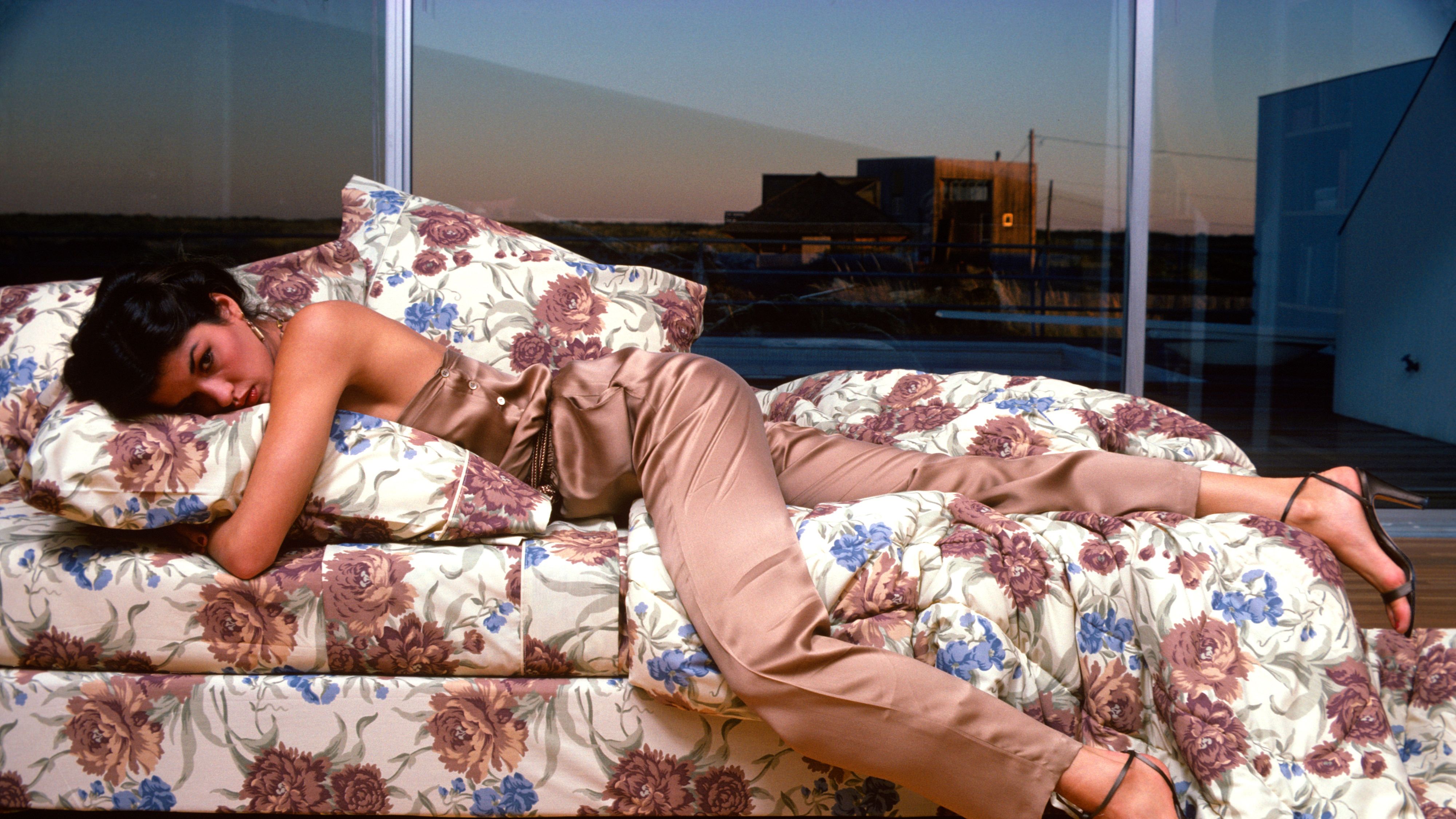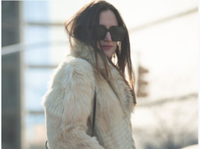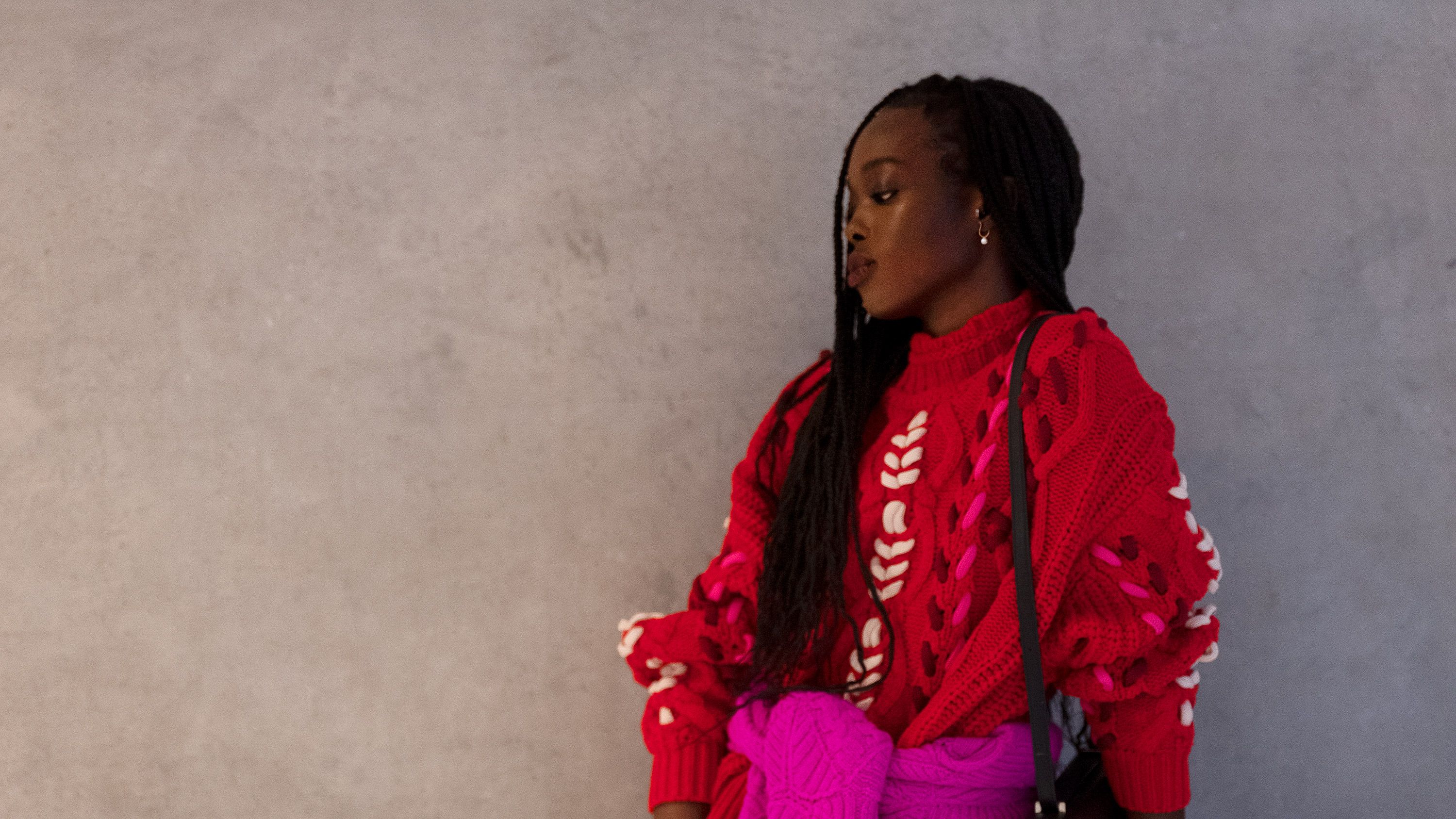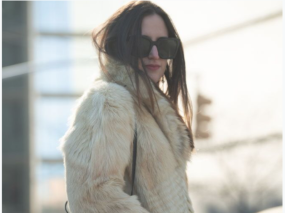A Fashion Psychologist on What Post-Pandemic Dressing Will Look Like
Everything from what we wear to where we shop will be different.


Fashion has always been an accessible creative outlet, but after more than a year spent inside our own homes, the future of getting dressed feels uncertain. We traded stiff jeans for pants with elastic waistbands and heels for house slippers—will we ever want to put on real clothes (or at least, clothes that don't explicitly shout comfortable!) again?
The answer, according to fashion psychologist Shakaila Forbes-Bell is yes—but the approach to fashion won't be the same. By applying psychological theories to how we interact with clothing, including the buying, selling, styling, and design processes, Forbes-Bell works with brands (she is also currently the in-house Fashion Psychologist for Afterpay), to determine not what the trends are, but why they exist. Now, she's using the same approach to think about what post-pandemic dressing will actually look like.
Fashion and the Brain
“The pandemic has caused a shift in the way people engage with their clothing,” says Forbes-Bell. “With lockdowns forcing us to stay indoors, the lack of social feedback put the focus on how clothes made us feel rather than their aesthetic value.” This, of course, led to an emphasis on comfort. “The need to not only be physically comfortable but psychologically comfortable in what we wear will likely remain as people have come to realize that clothing can be used as a tool to aid cognitive processing and general wellbeing.”
Forbes-Bell explains that clothing affects the way we view ourselves in three main areas: the person we want to be now, the person we hope to be in the future, and the person we fear we’ll be. “Studies have shown that our relationship with clothing is ultimately enjoyable because clothes give us the power to navigate between these three versions of ourselves. The way that clothing can help us express various elements of our identity is just one of the many ways clothing and psychology overlap. Clothing impacts the way people perceive us and subsequently the way they treat us; it impacts the way we think about ourselves, our abilities, and even the way we act. Clothing can be used to mitigate our moods, to evoke nostalgia, to ground us in our political and religious beliefs and so much more, all of which involve copious mental processes located in various parts of the brain.”
The Future of Shopping
“Revenge-buying,” aka shopping to make up for lost time, is a highly probable outcome of the pandemic, Forbes-Bell says, as people are looking to shop as a form of liberation. “It’s likely that people will use these purchases as a way to explore their individual tastes and creativity, which had been stifled due to the monotony of loungewear choices.”
Get exclusive access to fashion and beauty trends, hot-off-the-press celebrity news, and more.
In terms of shopping models, Forbes-Bell thinks consumers go hybrid. “They will still desire the easiness of online shopping but our ingrained desire for social interaction will give physical stores a boost. How long the in-store boost lasts depends on the ability of physical stores to provide an immersive experience to keep consumers engaged.”
But just because they'll be buying again, it doesn't mean shoppers will be spending recklessly. “The pandemic has also shifted the way trends are formed from trickle down to trickle up,” she says. “Rather than being largely dictated by fashion seasons, consumers are looking closer to home and on their social media feeds as a source for inspiration. By engaging in mindful shopping practices consumers can ensure that they are buying what they truly value and avoid the trappings of retail therapy and instant gratification both on and offline.”
So How Will We Get Dressed?
“Comfort has remained an important fixture in our wardrobe and that’s something many will find hard to relinquish anytime soon,” says Forbes-Bell. “Workwear will be more functional than before with elevated loungewear pieces taking center stage. Similarly, more comfortable footwear options like sneakers, espadrilles, slingbacks, and loafers will remain crowd favorites. As things get back to normal, pumps and moderate heels heights will be trending up while sky-scraping heels will continue to take a backseat.”
Not so shocking, some of the best-sellers will be accessories, as they are an easy way to add fun to a wardrobe. “Globally, we’re seeing consumers reach for jewelry, charms, and pendants that channel an early-aughts vibe which speaks to the pervasiveness of nostalgia dressing and the shortening of fashion cycles.”
RELATED STORY

Katie Attardo is the Accessories Editor at Marie Claire, covering all things fashion and jewelry-related.
